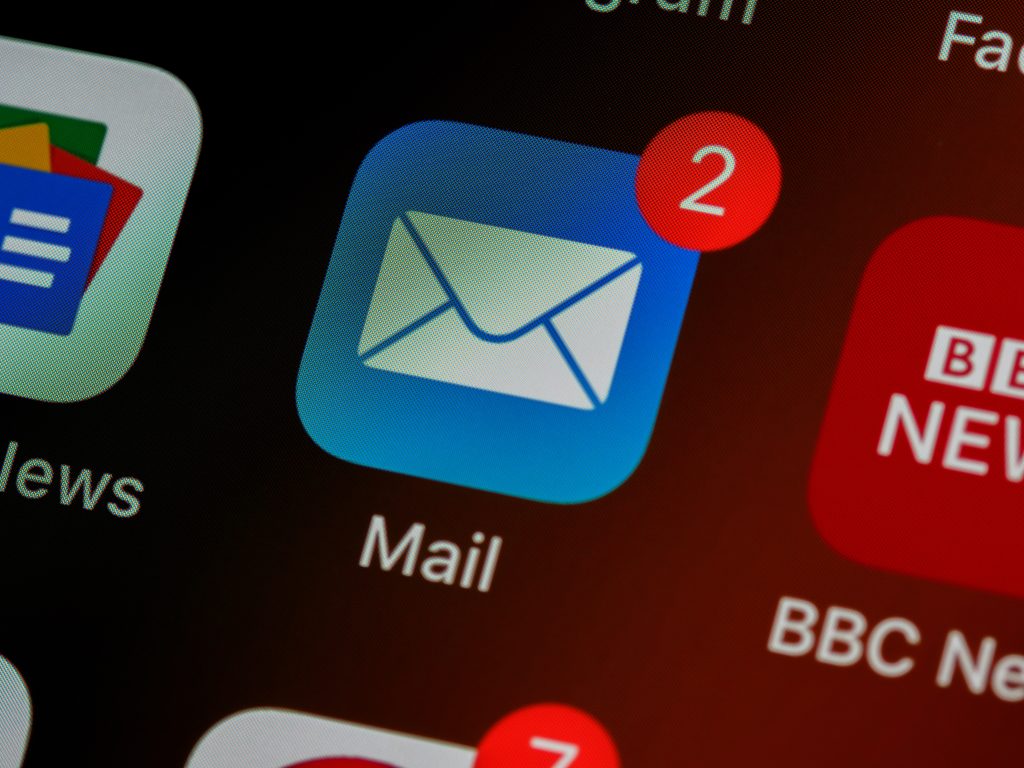Being half way from a business man and a tech man, I try to apply the first rule of new business leads to my everyday tech routine too: if someone make you a question, they probably want an answer fast.
This is obviously incredibly true in new business: when someone is asking you for a service or a product quotation, he/she probably want an answer in a matter of hours, not tomorrow or the next week. Not giving prompt answers in a timely manner could be the difference between a new customer or a lost prospect. In Italy we have a figure of speech “battere il ferro finché è caldo”, that literally translate to “strike while the iron is hot”, referring to blacksmith’s work: if you let the iron cool down, it will be impossible to shape it properly, in the same way that waiting too long before an answer will drop your success rate a lot.
I actually apply this rule myself a lot as a customer, when I need to select a partner/supplier. Given the essential quality of the final product or service, if I see a company being more responsive in a pre sale phase, generally that company will be the winner if the products/services are comparable.
But how does this relate to the work of a tech chief? It relates a lot actually, because being responsive is one of the best proof you can give about your commitment to work. I personally receive a lot of requests every day, in the form of meetings and emails. Keep everything on track is a hell of a work, and I understand it’s not easy at all. But I feel like it’s a big part of my work resolve my team’s and my colleagues’ problems, and that’s why I spend a big part of my work day managing incoming requests.
Obviously, it’s not always possible to answer light fast, both because you’re having a very bad day/week or because you simply don’t have an answer and need to perform some additional research. That’s why I set up some trick I use in my everyday work:
- Always answer to email in a matter of hour, not days, even if you don’t have a real solution. Even a brief answer “ok I’m on it, I’ll be back shortly” does the trick, if you think you need some extra time for build a comprehensive response. Don’t get me wrong: it’s not looking for the pass, trying to run away from the problem: that’s why it’s important to track this and avoid to leave it behind. The fast answer doesn’t need to always be the solution, but is always a great way to let the people know that you think they (and their problems) really matters to you, even if you’re in a middle of a storm.
- Always track your open points. You can use a personal task management like Trello, a list management like Google Keep, the dear old paper appointments book or a shining new E Ink tablet: it’s totally your choice. I personally use Trello and Google Keep, and also use email flagging when there’s some thread I feel it will result in something tricky. Now I’m waiting to remove Trello and Keep and switch to a ReMarkable 2 tablet: I can’t wait to test it and understand if it can boost my productivity, even if I’m not a big fan of having a lot of devices in my pocket, but I hope sync capabilities of ReMarkable will do the trick.
- Try to avoid unread emails as much as possible. Unread emails are a double-edged sword: it’s incredible how fast the emails can stack up in your inbox, mixing up important and less important tasks. Having a crowded inbox is a road trip to the hell and beck, sometimes without any “back”.
- Smart people always thank. Even if the email is self conclusive, and an answer is not necessary, always remember to “thank” your colleague or partner. It greatly boost the way you are seen as a professional that really care about everything.
Photo by Brett Jordan on Unsplash

Be First to Comment